Papers
[SCI]Sensing and Vetoing Loud Transient Noises for the Gravitational-Wave Detection
Keun-Young KIM,Pil-Jong JUNG,손재주,오상훈,오정근 | JOURNAL OF THE KOREAN PHYSICAL SOCIETY | 2018
[SCI]GW170817: Measurements of Neutron Star Radii and Equation of State
B. P. Abbottt et al,C. Adams,,F. Acernese,,K. Ackley,,R. Abbott,,T. Adams,,T. D. Abbott,,김환선,손재주,오상훈,오정근 | Physical Review Letters | 2018
B. P. Abbottt el al,C. Adams,F. Acernese,K. Ackley,M. R. Abernathy,R. Abbott,T. D. Abbott,김환선,손재주,오상훈,오정근 | Living Reviews in Relativity | 2018
[SCI]Construction of KAGRA: an Underground Gravitational Wave Observatory
H Asada,M Ando,N Aritomi,S Araki,T Arima,T. Akutsu ,Y Aso,김환선,손재주,오상훈,오정근 | Progress of Theoretical and Experimental Physics | 2018
[SCI]First Search for Nontensorial Gravitational Waves from Known Pulsars
B.P. Abbott et al,C. Adams,F. Acernese,K. Ackley,R. Abbott,T. Adams,T.D. Abbott,김환선,손재주,오상훈,오정근 | Physical Review Letters | 2018
B.P. Abbott et al. ,C Adams,F Acernese,K Ackley,M R Abernathy,R Abbott,T D Abbott,김환선,손재주,오상훈,오정근 | Classical and Quantum Gravity | 2018
B P Abbott et al,C Adams,F Acernese,K Ackley,M R Abernathy,R Abbott,T Adams,T D Abbott,손재주,오상훈,오정근 | Classical and Quantum Gravity | 2018
B. P. Abbott et al,C. Adams,,F. Acernese,,K. Ackley,,R. Abbott,,T. Adams,,T. D. Abbott,,김환선,손재주,오상훈,오정근 | Physical Review Letters | 2018
[SCI]Constraints on cosmic strings using data from the first Advanced LIGO observing run
B. P. Abbott et al.*,C. Adams,,F. Acernese,,K. Ackley,,R. Abbott,,T. Adams,,T. D. Abbott,,김환선,손재주,오상훈,오정근 | Physical Review D | 2018
[SCI]Full Band All-sky Search for Periodic Gravitational Waves in the O1 LIGO Data
B. P. Abbott et al.,C. Adams,,F. Acernese,,K. Ackley,,P. Addesso,R. Abbott,,R. X. Adhikari,T. Adams,,T. D. Abbott,,V. B. Adya,,김환선,손재주,오상훈,오정근 | Physical Review D | 2018


